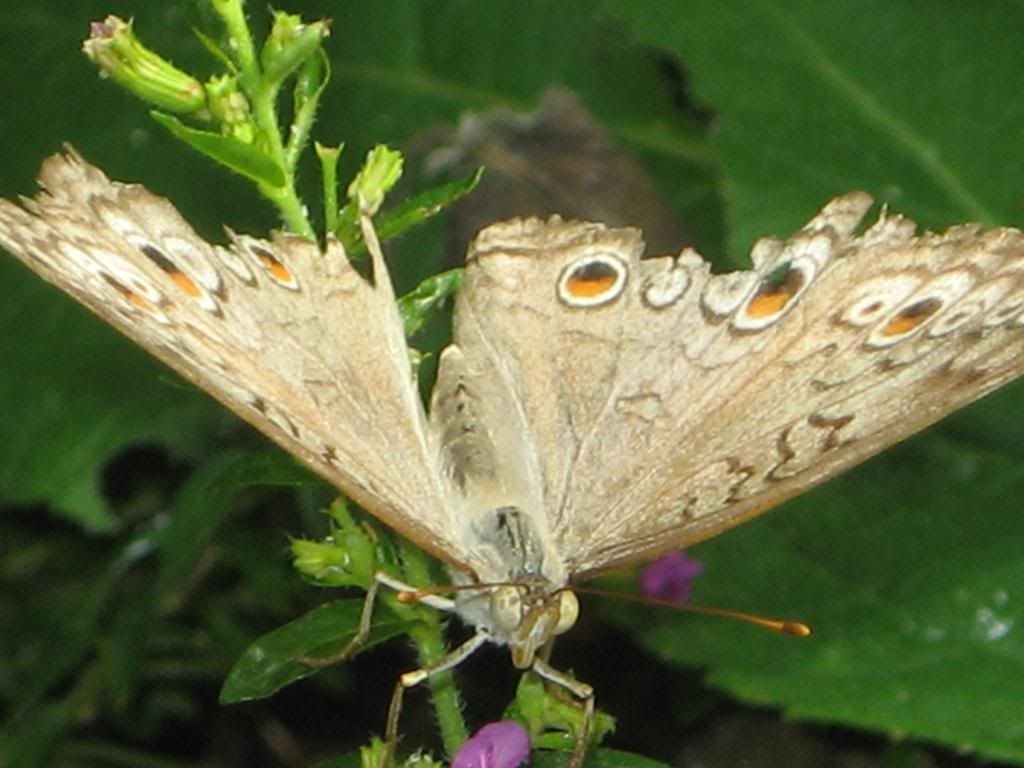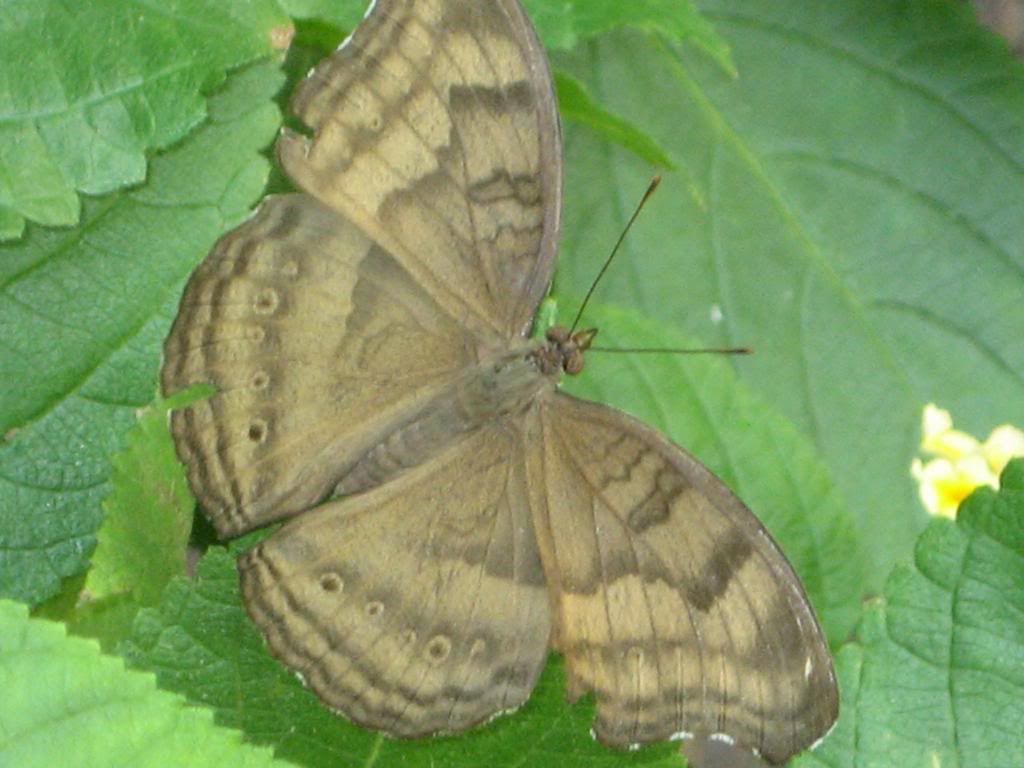 (Common Yellow Jacket)
(Common Yellow Jacket)- Birds, skunks, bears, badgers, bats, weasels, rats, mice, bee eaters (along with 133 three other birds), dragonflies, frogs, moths and beetles all include wasps in their diet. The larvae of several wasp species are also said to taste good when fried in butter.
- Occasionally, wasps will invade bee hives to steal their honey.
- Those odd scrapes in your garden fence (the wooden ones) are caused by workers chewing at the wood to make into the pulp that they use to build their paper nests.
- Swatting a wasp will not solve your problem. First, the wasp will inevitably sting you. Second, the venom in the sting produces a pheromone that serves an alarm to the other wasps in the colony. When the others sense the presence of this pheromone, they will attack whatever it is that your wasp just stung. Thus, by swatting, your problem just got worse!
- A colony can be anywhere between 5 and 10,000 wasps.
- A stingless wasp thought to have become extinct 20 million years ago was identified in 1995, living in pine forests in the Sierra Nevada mountains, California. These wasps are only 8 mm in length, and their bodies are undivided, which means they only have a head and a body, no thorax/abdomen division.

